#women in art history
Text
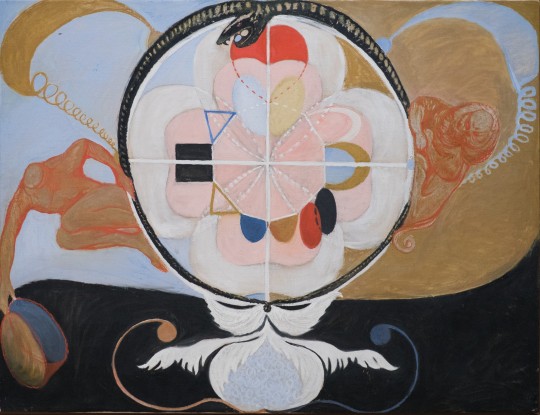
Evolution series No. 13, 1908 by Hilma af Klint
#hilma af klint#art#womens art#modern art#20th century art#women in art history#female artists#abstract#abstract art#swedish art#swedish artist#painting#women in art#woman artist
2K notes
·
View notes
Link
Miss M.F. Lewis’ Fungi collected in Shropshire and other neighborhoods on the Internet Archive:
Volume I
Volume II
Volume III
#article#open culture#women in art history#women in stem#women in art#women in history#mushrooms#fungi#science history#science#art history#history#M.F. Lewis#books and libraries#books#public domain
380 notes
·
View notes
Text
Was reminded (because I am kinda terrible at social media) that I ought to let people know I made an art history video about the cave art in Lascaux: How it was made; what pigments and what ingenious art tools were used (Paleolithic mouth-powered airbrushes!); and the historical development of ideas of the Paleolithic and how they were shaped by prejudices of the time.
And I bust some myths:
The cave paintings and engravings had nothing to do with hunting. The animals that people of the time hunted don't show up in the cave art.
It is very unlikely that men made that art. There has not yet been found any physical evidence of adult men in any of the decorated caves of France and Spain -- but there are numerous examples of footprints and finger-marks of smaller people, from woman-sized down to baby-sized, and groups of children alongide woman-sized footprints.
For some weird reason most of the scholarship on Lascaux identifies these smaller footprints as "adolescent boys" for no apparent reason apart from, well, sexism. The increasingly unlikely and awkward contortions made to rationalize how half-grown boy children made this magnificent art, rather than any acknowledgement that perhaps experienced adult women artists had a hand in it, feel kinda bizarre to me.
Anyway, here's my art history video. It's educational!
youtube
#Lascaux#Art history#Paleolithic#Cave Art#cave paintings#women artists#women in art#women in art history#art techniques#no seriously you can make a mouth powered airbrush with two hollow bones and a bowl of paint AND THEY DID#also Paleolithic Europeans had black skin#Youtube
47 notes
·
View notes
Video
youtube
“Abstract Expressionism emerged in New York City in the 1940s in a world transformed by the Second World War. A successor to Surrealism, the movement is best known for its large-scale paintings and its artists’ interests in abstraction, the subconscious mind and the spontaneity of jazz music. Its arrival was a watershed moment in 20th-century art: New York usurped Paris as the capital of the contemporary art world, and exceptional female artists began to carve out names for themselves in a cultural landscape fraught with gender barriers. In this instalment of his YouTube series Great Art Explained, the UK curator, gallerist and video essayist James Payne explores Abstract Expressionism through the work of three New York-born female artists Lee Krasner, Elaine de Kooning and Helen Frankenthaler. Examining their lives, times and works in the context of art history, Payne highlights their significant contributions to the movement, and how, despite refusing to be defined by their gender, they opened doors for a new generation of female artists.” (Source)
#abstract expressionism#helen frankenthaler#elaine de kooning#lee krasner#great art explained#aeon videos#art history#women in art history
34 notes
·
View notes
Text

Helene Schjerfbeck, Toipilas (The Convalescent), 1888
#helene schjerfbeck#schjerfbeck helene#finnish artist#finnish art#finland#xix century art#naturalism#women in art#women in art history#art history#xix century#european art#scandinavian art#ok thats a lot but i didnt post anything in long time i dont remember the tags lol#art posted by me
31 notes
·
View notes
Text
New art history YouTube podcast is up! Let me know if you like this sort of thing.
youtube
7 notes
·
View notes
Text
Women's Not So Distant History
This #WomensHistoryMonth, let's not forget how many of our rights were only won in recent decades, and weren’t acquired by asking nicely and waiting. We need to fight for our rights. Here's are a few examples:

📍 Before 1974's Fair Credit Opportunity Act made it illegal for financial institutions to discriminate against applicants' gender, banks could refuse women a credit card. Women won the right to open a bank account in the 1960s, but many banks still refused without a husband’s signature. This allowed men to continue to have control over women’s bank accounts. Unmarried women were often refused service by financial institutions entirely.
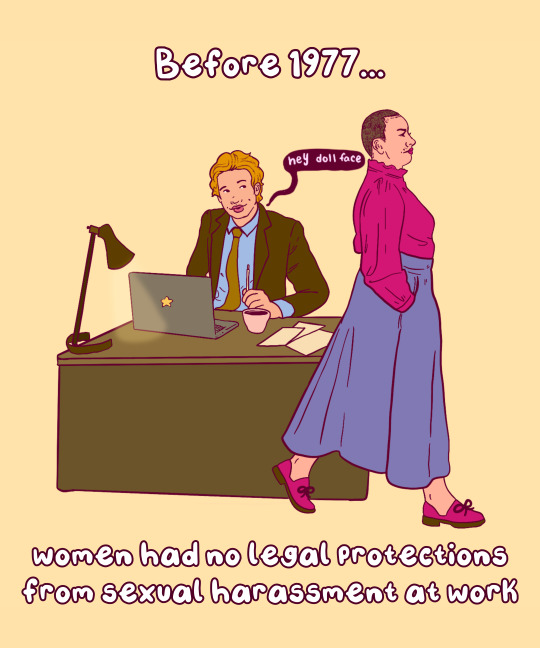
📍 Before 1977, sexual harassment was not considered a legal offense. That changed when a woman brought her boss to court after she refused his sexual advances and was fired. The court stated that her termination violated the 1974 Civil Rights Act, which made employment discrimination illegal.⚖️
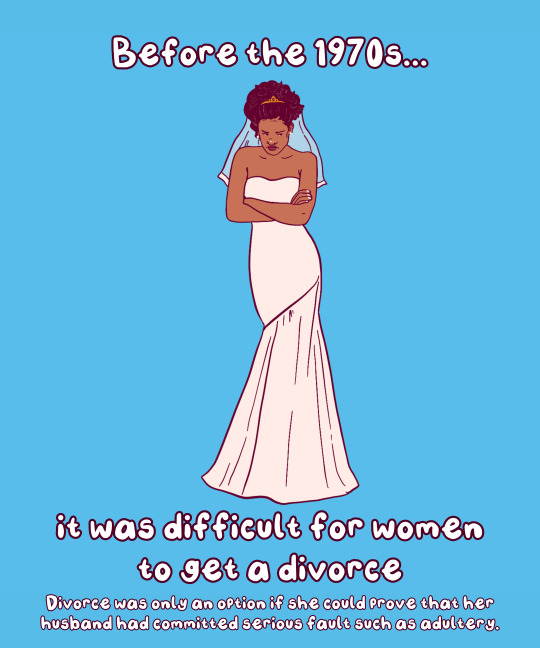
📍 In 1969, California became the first state to pass legislation to allow no-fault divorce. Before then, divorce could only be obtained if a woman could prove that her husband had committed serious faults such as adultery. 💍By 1977, nine states had adopted no-fault divorce laws, and by late 1983, every state had but two. The last, New York, adopted a law in 2010.
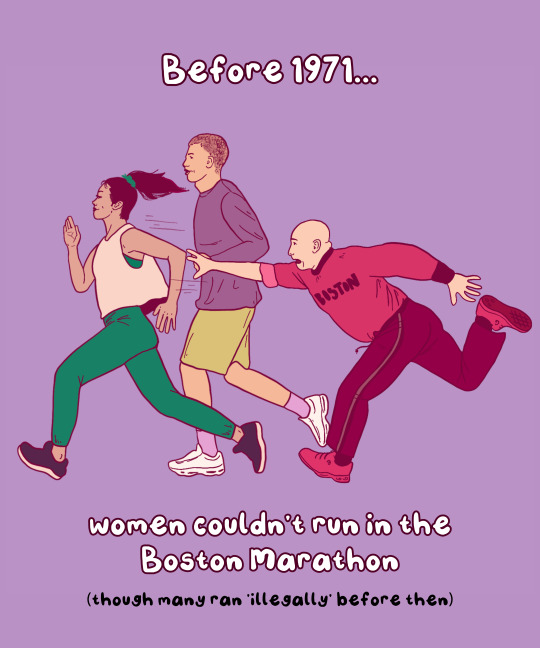
📍In 1967, Kathrine Switzer, entered the Boston Marathon under the name "K.V. Switzer." At the time, the Amateur Athletics Union didn't allow women. Once discovered, staff tried to remove Switzer from the race, but she finished. AAU did not formally accept women until fall 1971.

📍 In 1972, Lillian Garland, a receptionist at a California bank, went on unpaid leave to have a baby and when she returned, her position was filled. Her lawsuit led to 1978's Pregnancy Discrimination Act, which found that discriminating against pregnant people is unlawful
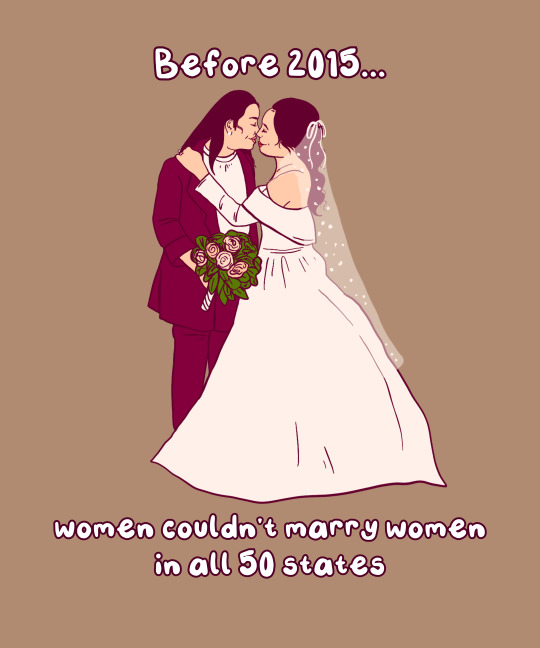
📍 It wasn’t until 2016 that gay marriage was legal in all 50 states. Previously, laws varied by state, and while many states allowed for civil unions for same-sex couples, it created a separate but equal standard. In 2008, California was the first state to achieve marriage equality, only to reverse that right following a ballot initiative later that year.

📍In 2018, Utah and Idaho were the last two states that lacked clear legislation protecting chest or breast feeding parents from obscenity laws. At the time, an Idaho congressman complained women would, "whip it out and do it anywhere,"
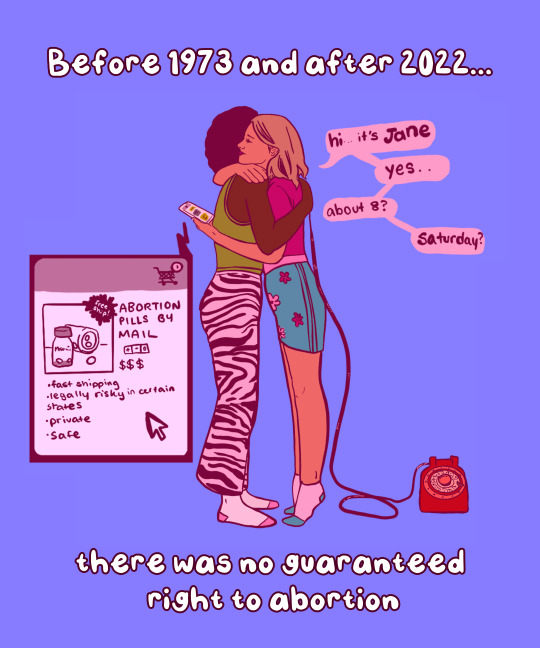
📍 In 1973, the Supreme Court affirmed the right to safe legal abortion in Roe v. Wade. At the time of the decision, nearly all states outlawed abortion with few exceptions. In 1965, illegal abortions made up one-sixth of all pregnancy- and childbirth-related deaths. Unfortunately after years of abortion restrictions and bans, the Supreme Court overturned Roe in 2022. Since then, 14 states have fully banned care, and another 7 severely restrict it – leaving most of the south and midwest without access.
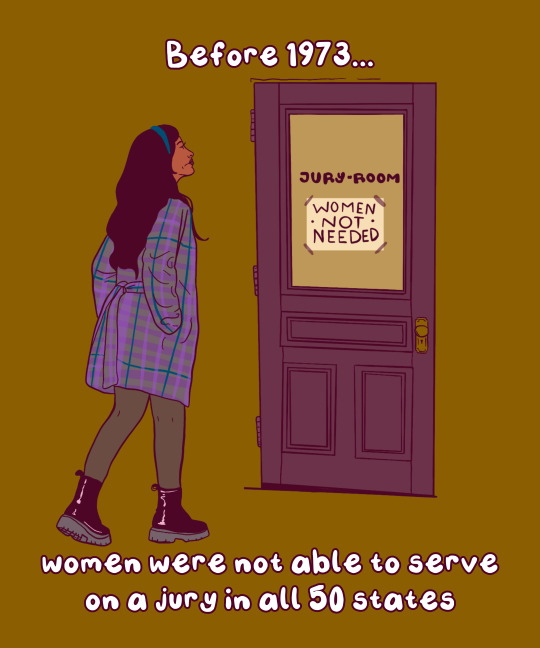
📍 Before 1973, women were not able to serve on a jury in all 50 states. However, this varied by state: Utah was the first state to allow women to serve jury duty in 1898. Though, by 1927, only 19 states allowed women to serve jury duty. The Civil Rights Act of 1957 gave women the right to serve on federal juries, though it wasn't until 1973 that all 50 states passed similar legislation

📍 Before 1988, women were unable to get a business loan on their own. The Women's Business Ownership Act of 1988 allowed women to get loans without a male co-signer and removed other barriers to women in business. The number of women-owned businesses increased by 31 times in the last four decades.
Free download

📍 Before 1965, married women had no right to birth control. In Griswold v. Connecticut (1965), the Supreme Court ruled that banning the use of contraceptives violated the right to marital privacy.
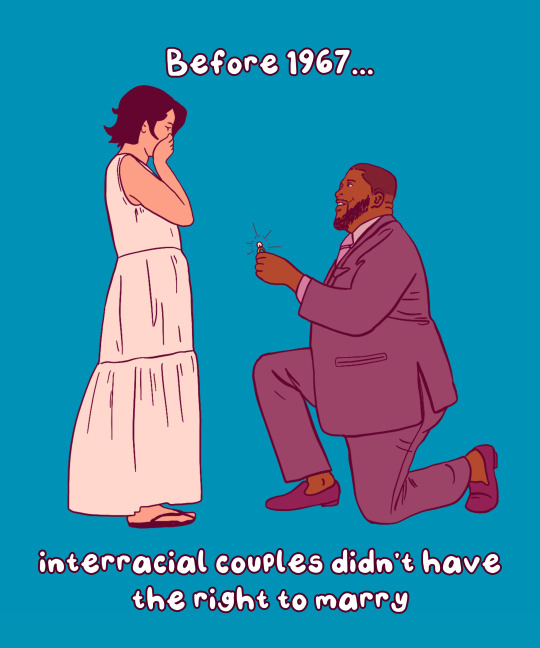
📍 Before 1967, interracial couples didn’t have the right to marry. In Loving v. Virginia, the Supreme Court found that anti-miscegenation laws were unconstitutional. In 2000, Alabama was the last State to remove its anti-miscegenation laws from the books.

📍 Before 1972, unmarried women didn’t have the right to birth control. While married couples gained the right in 1967, it wasn’t until Eisenstadt v. Baird seven years later, that the Supreme Court affirmed the right to contraception for unmarried people.
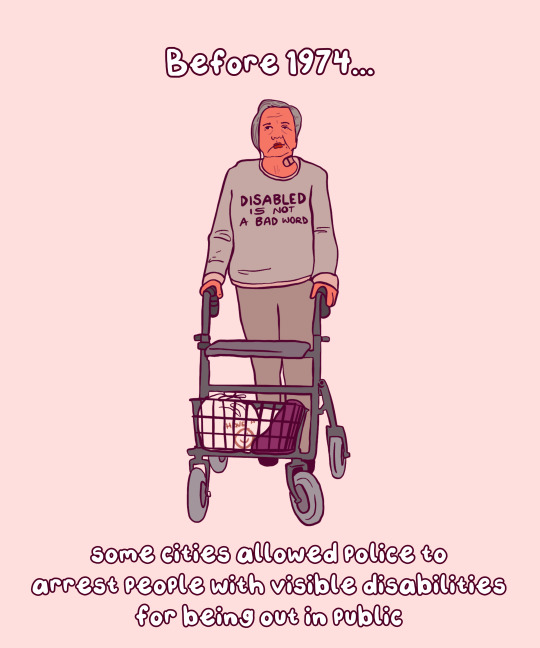
📍 In 1974, the last “Ugly Laws” were repealed in Chicago. “Ugly Laws” allowed the police to arrest and jail people with visible disabilities for being seen in public. People charged with ugly laws were either charged a fine or held in jail. ‘Ugly Laws’ were a part of the late 19th century Victorian Era poor laws.

📍 In 1976, Hawaii was the last state to lift requirements that a woman take her husband’s last name. If a woman didn’t take her husband’s last name, employers could refuse to issue her payroll and she could be barred from voting.

📍 It wasn’t until 1993 that marital assault became a crime in all 50 states. Historically, intercourse within marriage was regarded as a “right” of spouses. Before 1974, in all fifty U.S. states, men had legal immunity for assaults their wives. Oklahoma and North Carolina were the last to change the law in 1993.
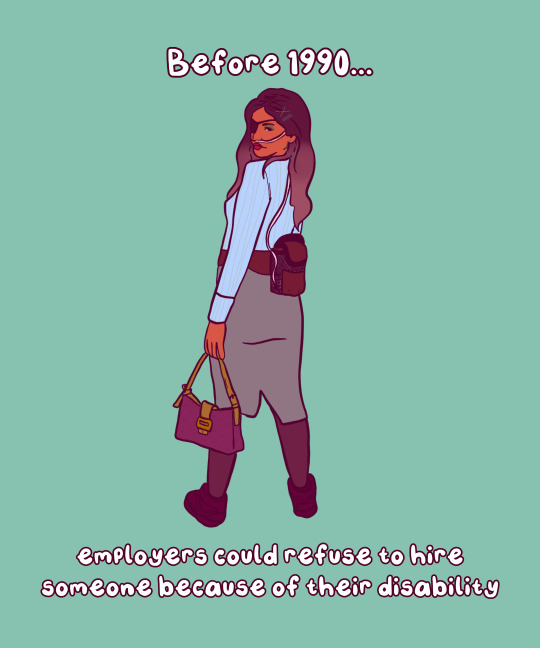
📍 In 1990, the Americans with Disability Act (ADA) – most comprehensive disability rights legislation in U.S. history – was passed. The ADA protected disabled people from employment discrimination. Previously, an employer could refuse to hire someone just because of their disability.
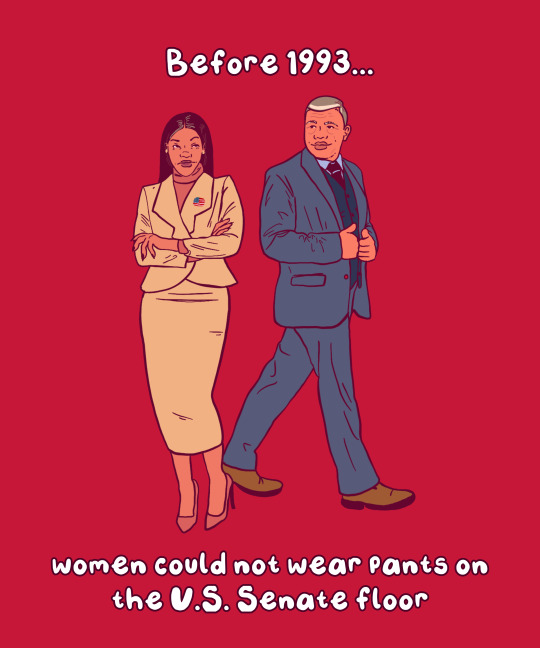
📍 Before 1993, women weren’t allowed to wear pants on the Senate floor. That changed when Sen. Moseley Braun (D-IL), & Sen. Barbara Mikulski (D-MD) wore trousers - shocking the male-dominated Senate. Their fashion statement ultimately led to the dress code being clarified to allow women to wear pants.

📍 Emergency contraception (Plan B) wasn't approved by the FDA until 1998. While many can get emergency contraception at their local drugstore, back then it required a prescription. In 2013, the FDA removed age limits & allowed retailers to stock it directly on the shelf (although many don’t).

📍 In Lawrence v. Texas (2003), the Supreme Court ruled that anti-cohabitation laws were unconstitutional. Sometimes referred to as the ‘'Living in Sin' statute, anti-cohabitation laws criminalize living with a partner if the couple is unmarried. Today, Mississippi still has laws on its books against cohabitation.
#art#feminism#women's history#women's history month#iwd2024#international women's day#herstory#educational#graphics#history#70s#80s#rights#women's rights#human rights
14K notes
·
View notes
Text
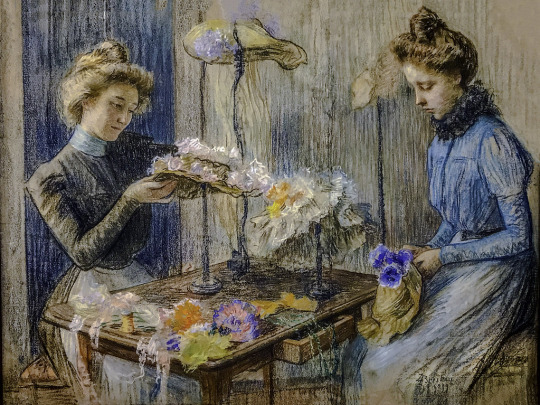
The Milliners, Louise Catherine Breslau, 1899
0 notes
Text
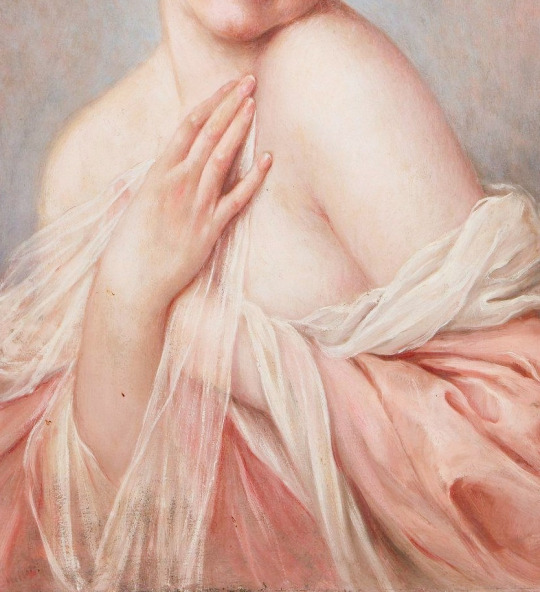

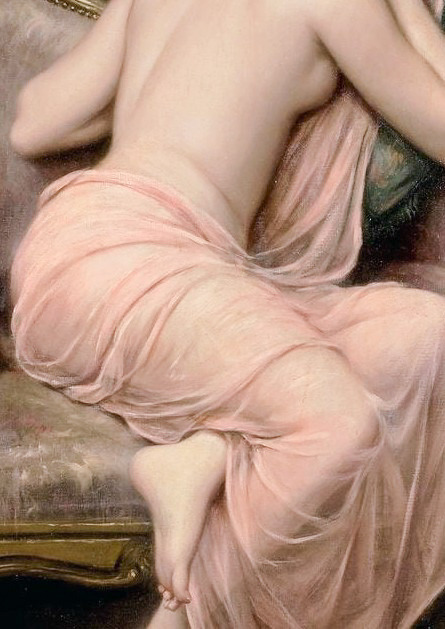
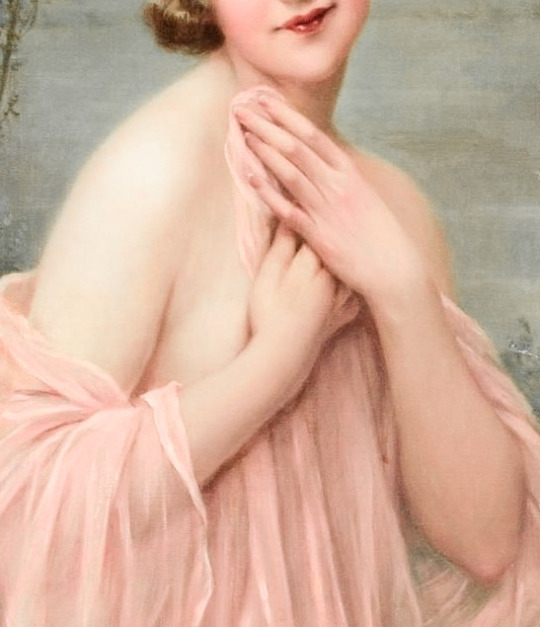
François Martin-Kavel & pink fabrics
French, 1861-1931
#art#painting#classical art#women in art#art detail#fine arts#art history#french art#François Martin-Kavel#pink aesthetic#pink#19th century art#19th century#fashion history#historical fashion#textiles#art lover#historical art#painting detail#light academia
8K notes
·
View notes
Text

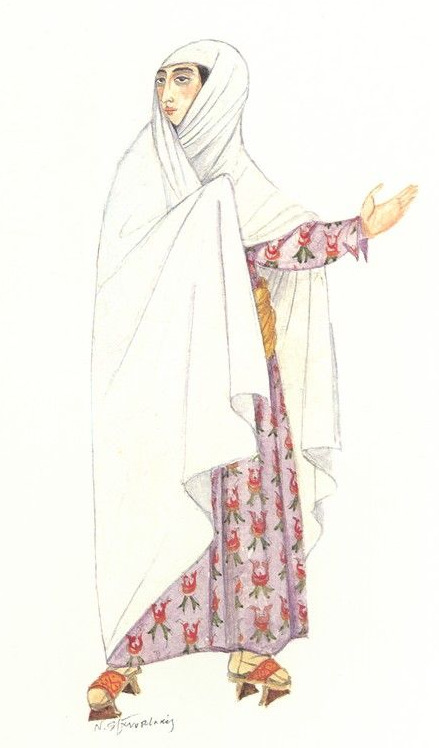
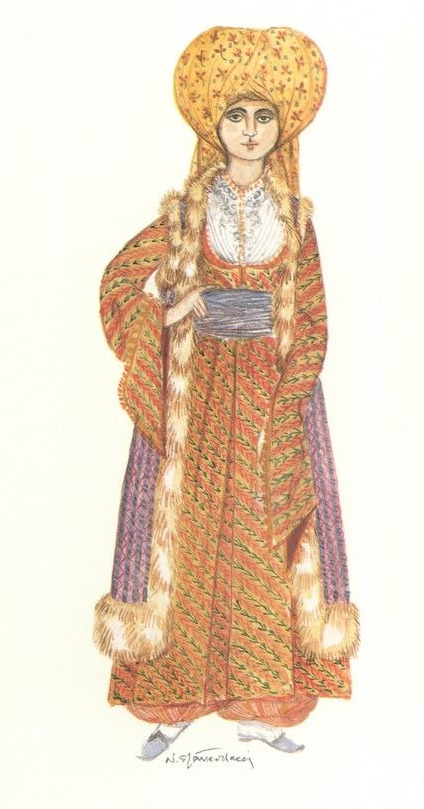

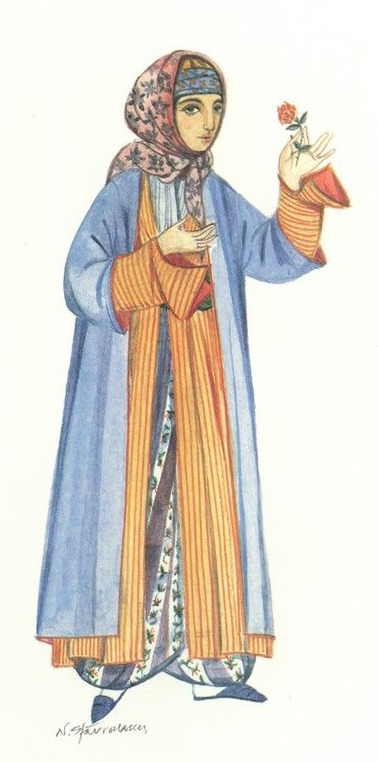

Sephardi & Romaniote Jewish Women's Clothing in the Byzantine and Ottoman Periods, illustrated by Nikos Stavroulakis
#jumblr#jewish#jewish art#jewish women#jewish history#sephardim#romaniotes#art#these are from all over. byzantium/constantinople/istanbul and smyrna/izmir and rhodes and adrianople/edirne and thessaloniki etc#shoutout to a fellow edirne girlie in the top right.#my posts
5K notes
·
View notes
Text

Awaiting his Return by Auguste Raynaud
#art#art history#art painting#painting#19th century#19th century art#auguste raynaud#french art#french artist#women in art
4K notes
·
View notes
Text
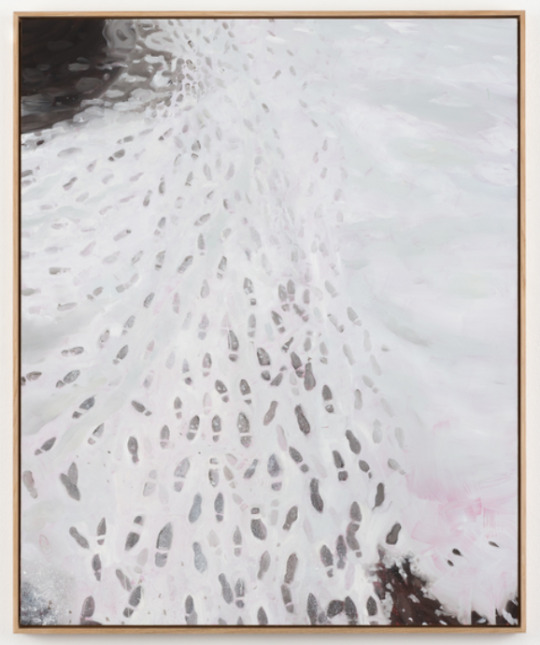
Tracks by Anna Bjerger, 2021
#Anna Bjerger#art#women in art#Swedish art#Swedish artist#modern art#21st century art#woman artist#women in art history#art history#contemporary art#landscape#painting#oil painting
67 notes
·
View notes
Text
youtube
In this film visual artist Barbara Walker MBE, RA shows us around her studio in Birmingham and talks about the themes present in her practice, including temporality, power and body politics.
We also see her creating a free-hand wall drawing in Towner Gallery as part of her series Burden of Proof, whereby she creates large-scale in-situ portraits of individuals affected by the Windrush Scandal
Barbara Walker is nominated for the 2023 Turner Prize, hosted by Towner Eastbourne. The winner will be announced on 5 December 2023.
#Barbara Walker#tate#museum#art#art history#artists#black women artists#black artists#women in art history#video#documentary#Windrush Scandal#immigration#youtube#Youtube
11 notes
·
View notes
Text

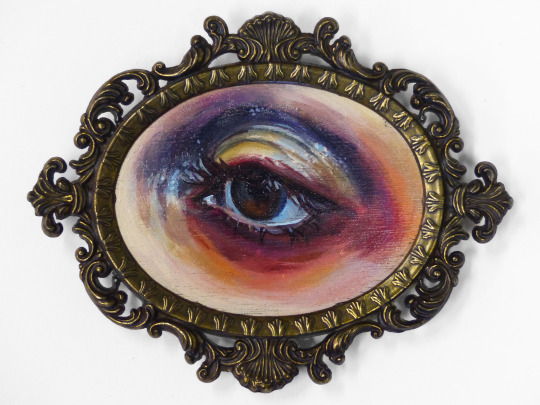
Lovers eye paintings (2023)
acrylic paint on panel
#art#artists on tumblr#women artists#painting#acrylic painting#traditional art#art history#lovers eye painting#lover's eye
8K notes
·
View notes
Photo

Far tea it from me
Lilla Cabot Perry, A Cup of Tea, turn of the 19/20th century, Los Angeles County Museum of Art
#art history#art history memes#art meme#dad jokes#puns#punny#punsarelikeonions#women artists#women in art#women in art history#international tea day#tea day
0 notes
Text

Gaetan Henrioux – The Kiss (2012)
#art#art history#gaetan henrioux#french#lesbian#lesbian art#wlw#women#fine art#painting#oil#oil on canvas#21st century#XXIst century#contemporary art#female homosexuality#intimacy tag
5K notes
·
View notes